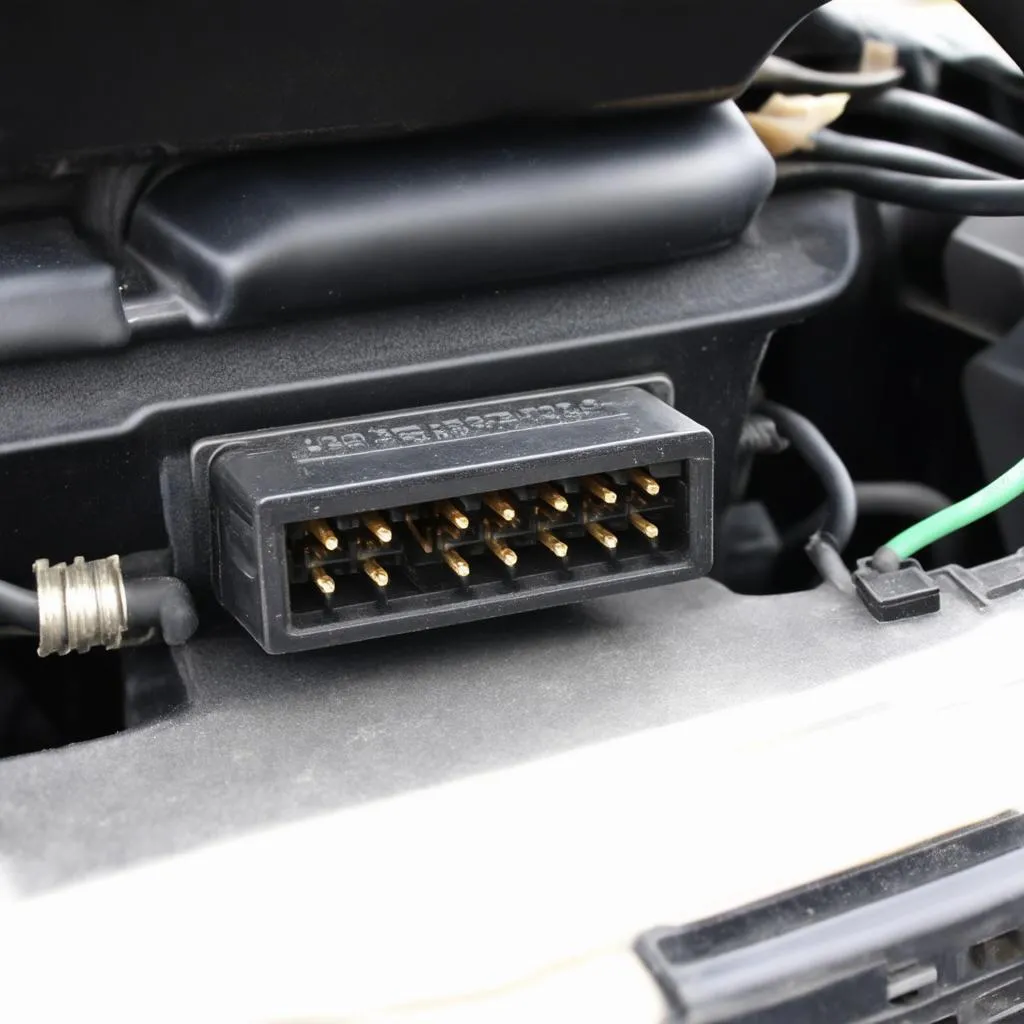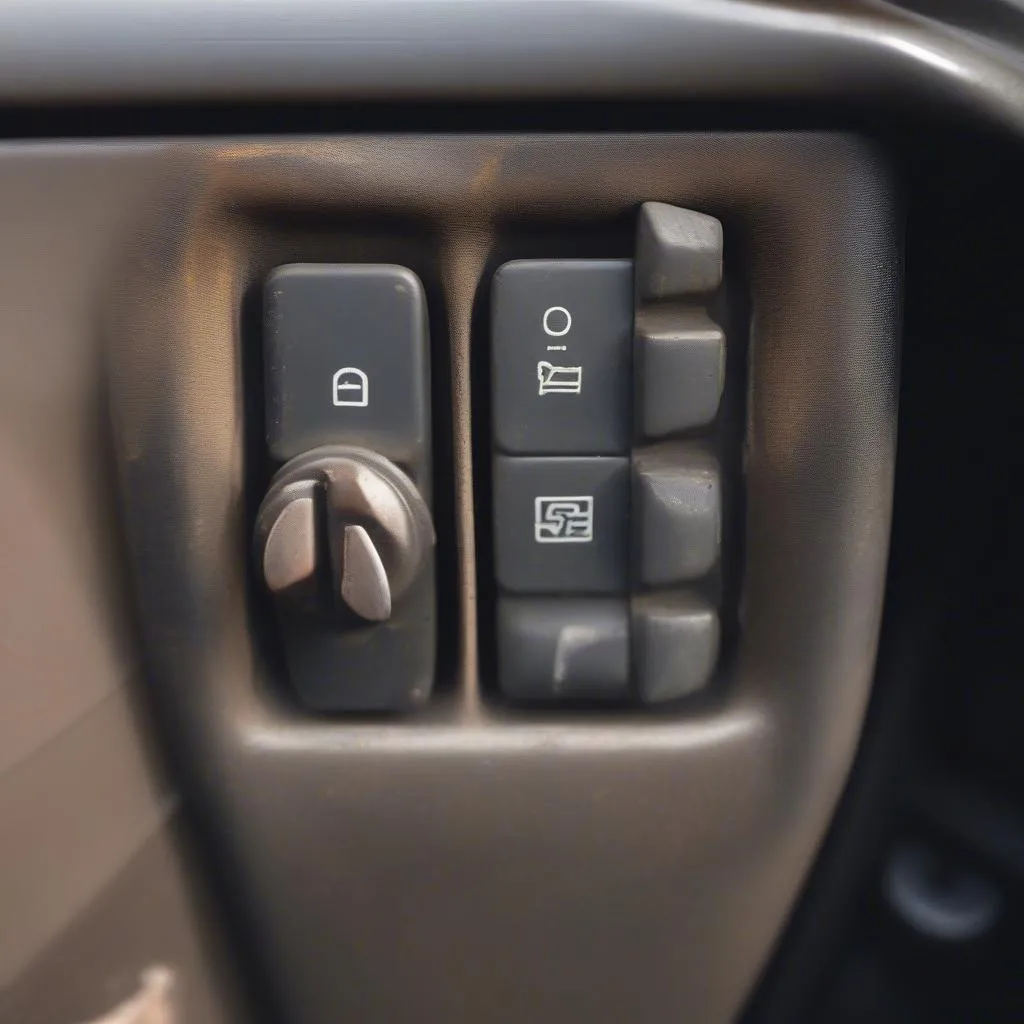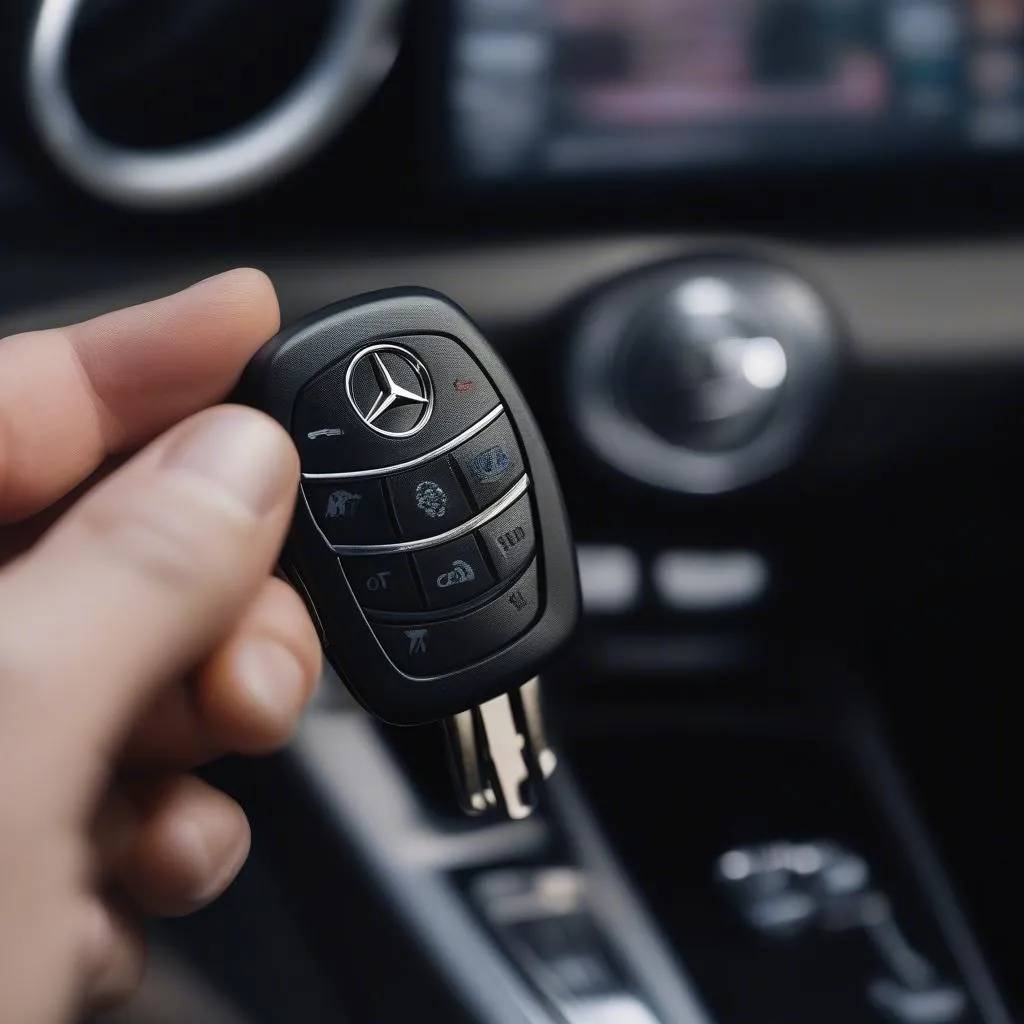Owning a classic Mercedes D Class from 1987 is a point of pride, but even these robust vehicles need the occasional checkup. Knowing where to find your diagnostic port is the first step to troubleshooting any issues and keeping your Mercedes running smoothly. Unlike modern cars with standardized OBD-II ports, your 1987 D Class has a unique diagnostic setup. This article will guide you through locating the port and understanding its functionalities.
The Importance of the Diagnostic Port
Before we delve into the specifics, let’s understand why the diagnostic port is so crucial. Think of it as your car’s communication hub. It allows you or a mechanic to tap into the vehicle’s computer system, retrieve trouble codes, and gain insights into potential problems.
“Early diagnostic systems like those in the 1987 D Class were revolutionary in their time,” says automotive historian Dr. Emily Carter. “They offered a glimpse into the car’s inner workings, allowing for more targeted repairs.”
Where to Find the Diagnostic Port on Your 1987 Mercedes D Class
The location of the diagnostic port can vary slightly depending on the specific model of your 1987 D Class. However, it is typically located:
- Under the Hood: Check the area near the firewall on the driver’s side. Look for a rectangular black box with a multi-pin connector.
- Inside the Cabin: In some models, the port might be located beneath the dashboard on either the driver’s or passenger’s side.
Types of Diagnostic Connectors
Your 1987 Mercedes D Class likely uses a round, multi-pin connector, often referred to as a “Mercedes-Benz 38-pin diagnostic connector.” This type of connector predates the OBD-II standard.
 Mercedes Diagnostic Port
Mercedes Diagnostic Port
What You Can Do With the Diagnostic Port
While the diagnostic capabilities of your 1987 D Class are less advanced than modern vehicles, you can still perform valuable checks:
- Read Fault Codes: By connecting a specialized diagnostic tool, you can read fault codes stored in the car’s computer. These codes provide clues about potential issues with the engine, transmission, and other systems.
- Check Sensor Data: Some tools allow you to monitor live data from various sensors, such as engine temperature, throttle position, and air-fuel ratio. This data can help diagnose performance problems.
 Mechanic Diagnosing Car
Mechanic Diagnosing Car
FAQs
Q: Can I use a standard OBD-II scanner on my 1987 Mercedes D Class?
A: No, you’ll need a diagnostic tool specifically designed for Mercedes-Benz vehicles from that era.
Q: Where can I find a compatible diagnostic tool?
A: Online retailers specializing in automotive tools or local auto parts stores should carry suitable options.
Q: Can I clear fault codes myself?
A: Yes, but it’s crucial to address the underlying problem that triggered the codes. Simply clearing them without proper diagnosis is not recommended.
Need More Help?
For in-depth diagnostics and repairs, it’s always advisable to consult a qualified Mercedes-Benz mechanic. Looking for reliable diagnostic tools and resources? Visit CARDIAGTECH for a wide selection of options to keep your classic Mercedes in top condition.


